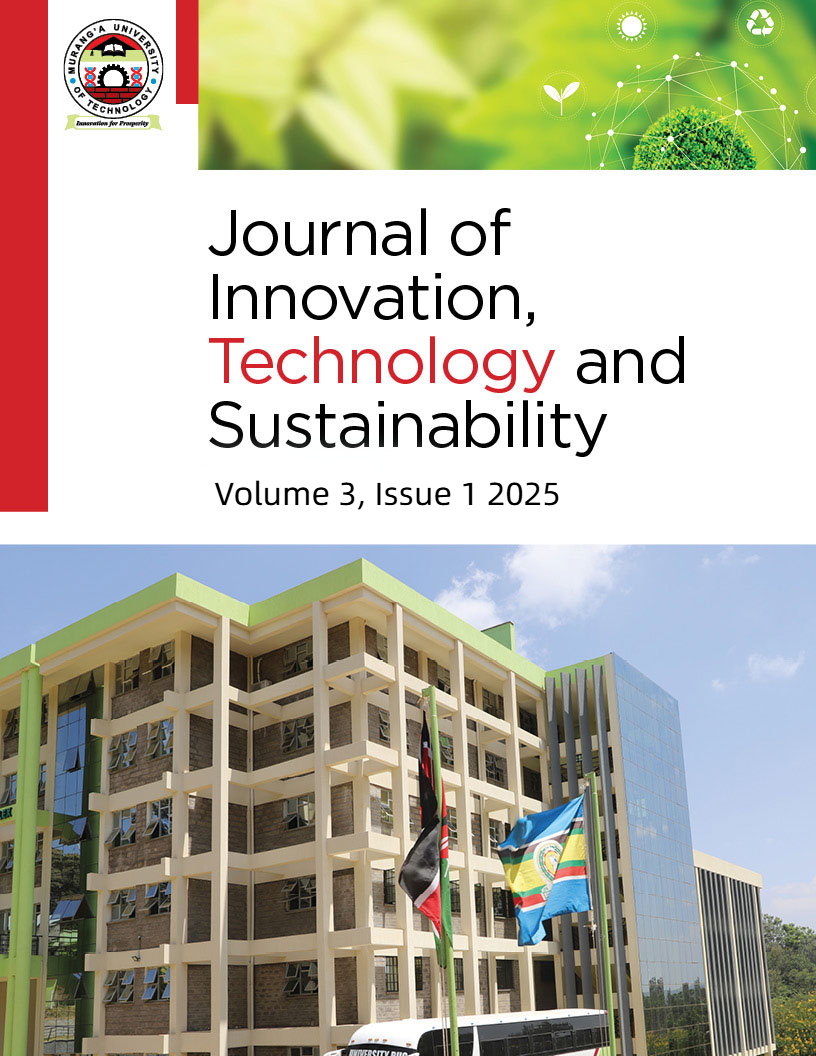Modernising legacy enterprise resource planning systems using the microservices architecture: A review
DOI:
https://doi.org/10.70868/jits.v3i1.14Keywords:
Microservices architecture, enterprise resource planning, scalability, modularity, deployment, design patternsAbstract
Enterprise Resource Planning (ERP) systems are centralised data management software, tools, and technologies that enhance collaboration and communication between departments while reducing duplication, errors, and inconsistencies, leading to better accuracy and productivity. However, over time, legacy ERP systems have become cumbersome and difficult to maintain and adapt to new technologies. This paper presents a review of microservices architecture (MSA) as a strategy for modernizing legacy ERP systems. It synthesises literature to highlight the core principles, design patterns, challenges, and best practices associated with MSA. The analysis reveals that MSA significantly enhances scalability, flexibility, and maintainability by decomposing monolithic ERP systems into modular, independent services. Key findings include the benefits of service autonomy, decentralised data management, and API-driven communication in overcoming the limitations of traditional ERP architectures. The paper concludes by highlighting the advantages of MSA in ERP modernisation.





